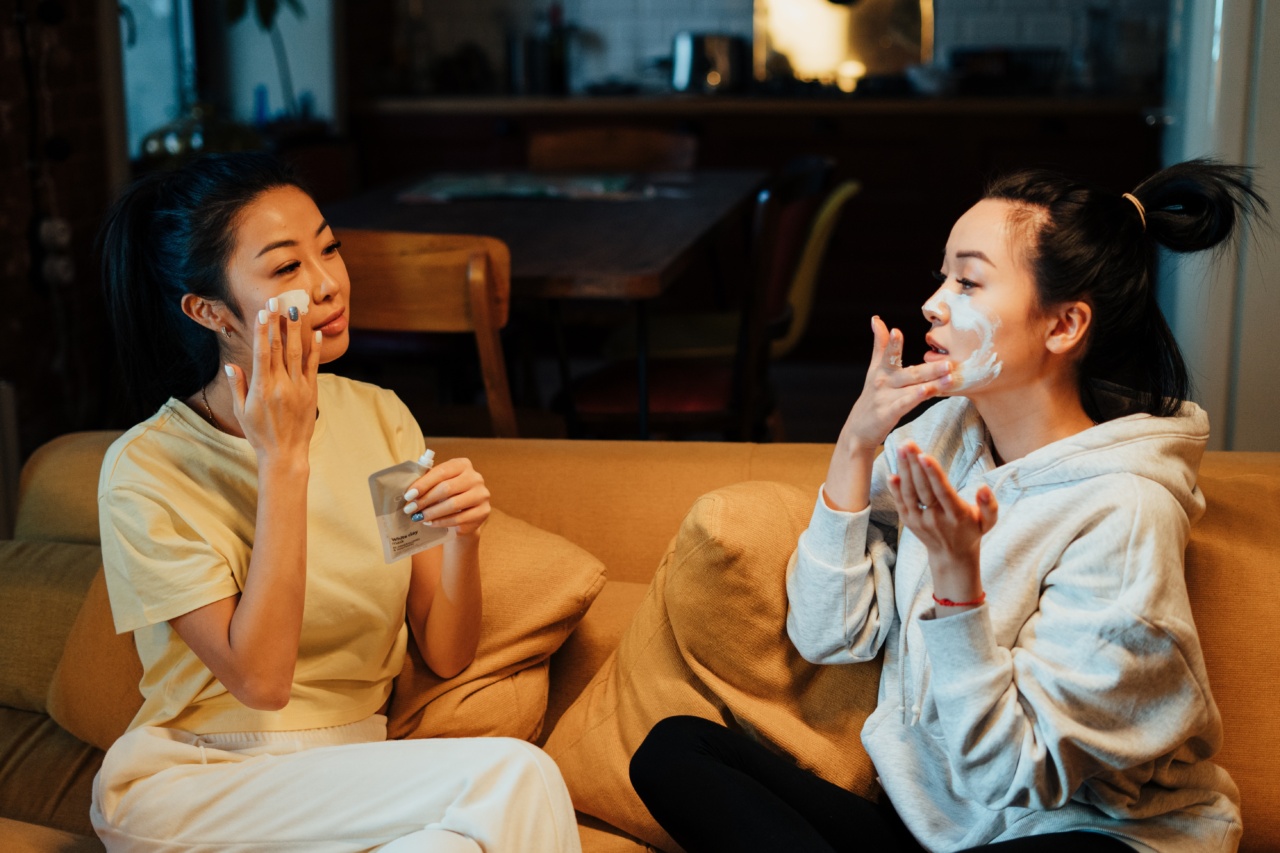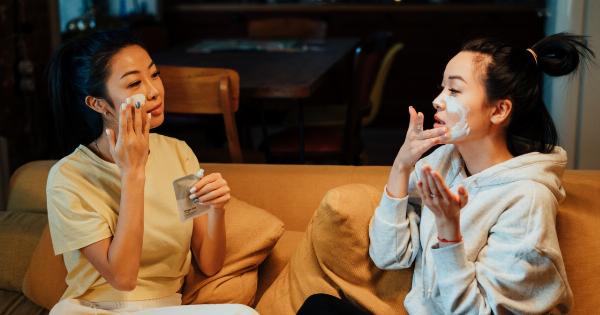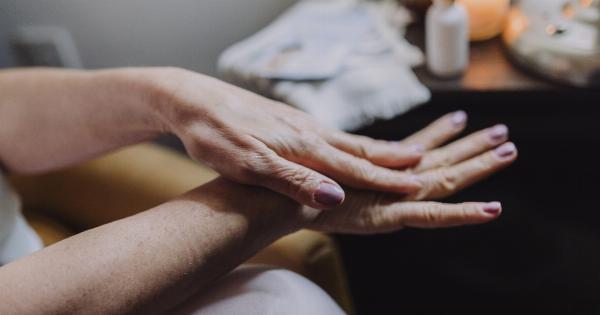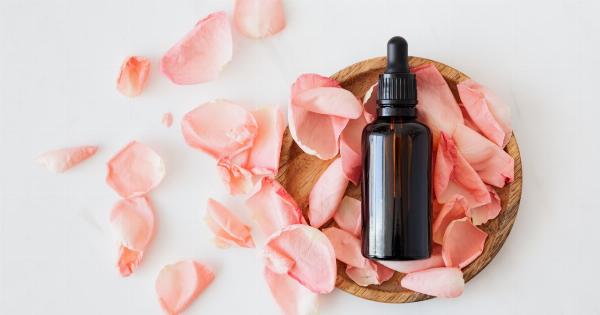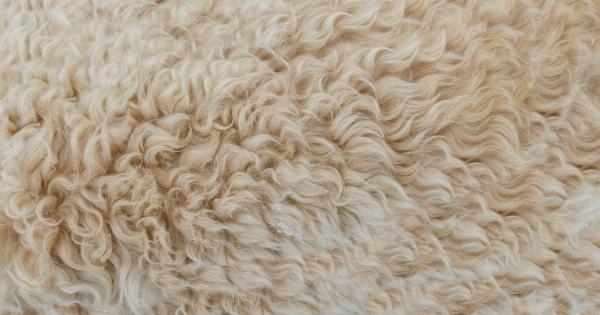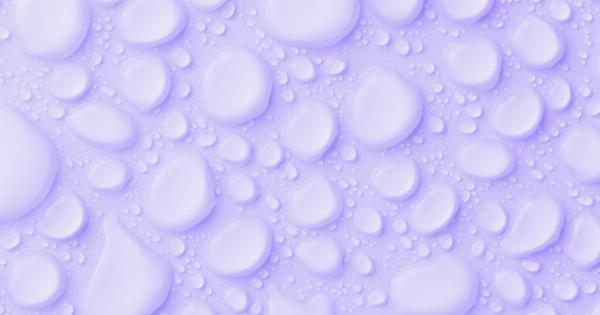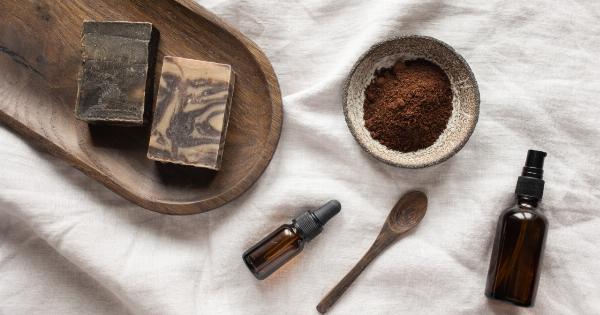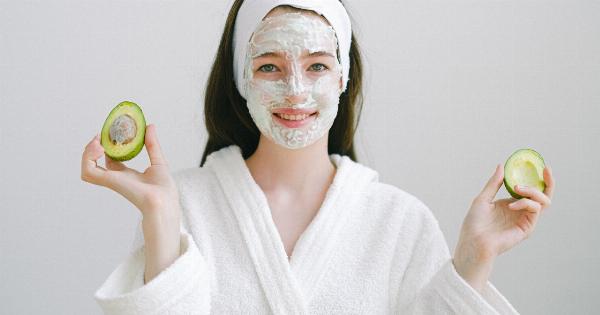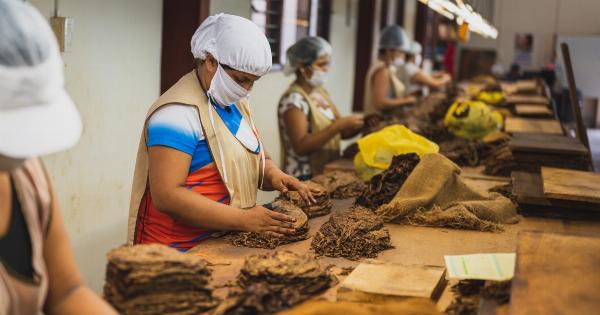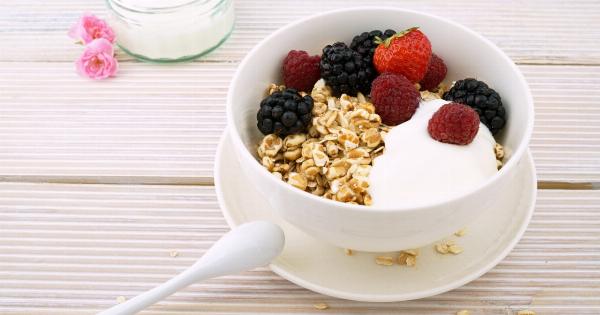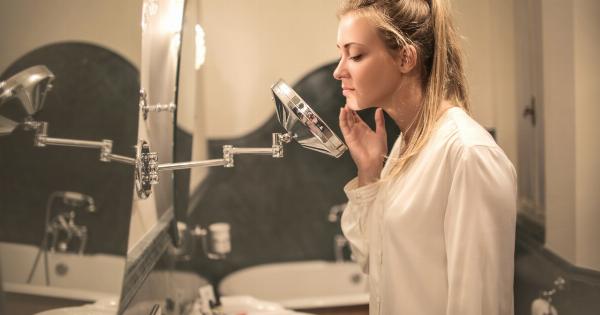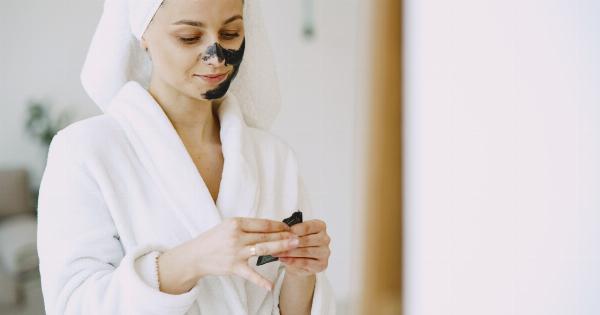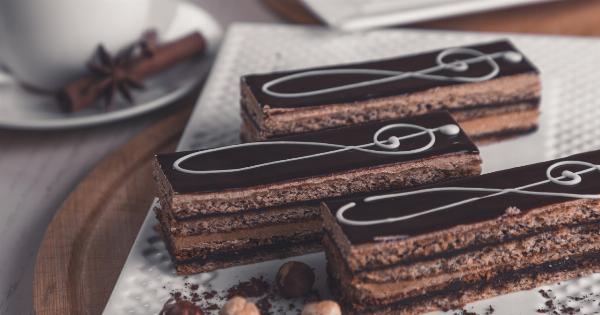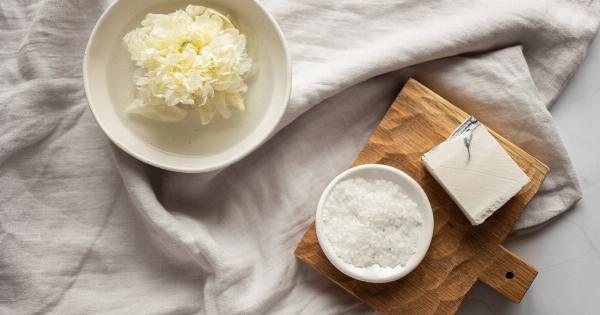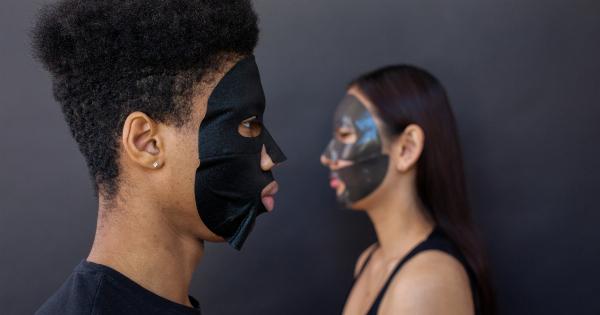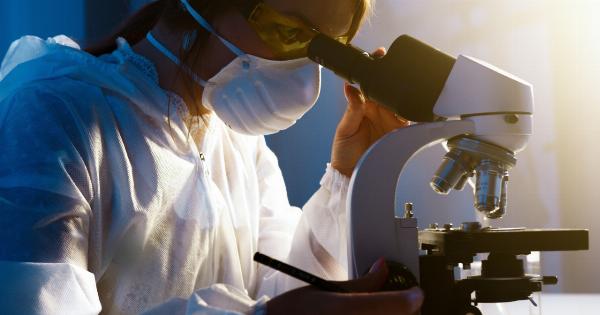If you have acne-prone skin, you know how frustrating it can be to find effective treatments that won’t break the bank. Fortunately, there is a simple and affordable solution – homemade clay masks.
Clay masks are known for their ability to purify and detoxify the skin, making them an excellent choice for those with acne. In this article, we will show you how to make a homemade clay mask that can help reduce acne and leave your skin feeling refreshed and rejuvenated.
Understanding Acne-prone Skin
Before we delve into the recipe for the homemade clay mask, it’s important to understand what acne-prone skin is and how it can benefit from clay masks.
Acne-prone skin is characterized by excess oil production, clogged pores, and bacteria growth, leading to the formation of pimples, blackheads, and whiteheads. Clay masks work by absorbing excess oil, unclogging pores, and eliminating bacteria, making them an excellent remedy for acne-prone skin.
Choosing the Right Clay
When it comes to choosing the right clay for your homemade mask, there are a few options to consider. Some clays are more beneficial for oily skin, while others are suitable for dry or sensitive skin. Here are a few popular clays and their properties:.
1. Bentonite Clay
Bentonite clay is known for its excellent oil-absorbing properties. It deeply cleanses the pores, removes impurities, and reduces excess sebum production, making it an ideal choice for oily and acne-prone skin.
2. Kaolin Clay
Kaolin clay is a gentle clay that is suitable for all skin types, including sensitive skin. It helps to cleanse, purify, and soothe the skin without causing irritation, making it a great option for those with acne-prone skin.
3. French Green Clay
French green clay is rich in minerals and has powerful detoxifying properties. It helps to draw out impurities, eliminate toxins, and balance oil production, making it an excellent choice for acne-prone skin.
4. Rhassoul Clay
Rhassoul clay is a Moroccan clay that has been used for centuries for its cleansing and purifying properties. It helps to remove dead skin cells, unclog pores, and absorb excess oil, making it a fantastic option for those struggling with acne.
Recipe for Homemade Clay Mask
Now that you know about the different types of clay available, let’s dive into a simple and effective recipe for a homemade clay mask:.
Ingredients:
- 2 tablespoons of your chosen clay (bentonite, kaolin, French green, or rhassoul)
- 2 tablespoons of apple cider vinegar or water
- 5-6 drops of tea tree oil (optional)
Instructions:
- In a non-metallic bowl, mix the clay and apple cider vinegar (or water) until you achieve a smooth paste-like consistency.
- If desired, add a few drops of tea tree oil to the mixture and stir well.
- Apply the mask evenly to your cleansed face, avoiding the delicate eye and lip areas.
- Leave the mask on for about 15-20 minutes, or until it dries completely.
- Rinse off the mask with warm water and pat your face dry with a clean towel.
- Follow up with your favorite moisturizer to hydrate the skin.
Tips for Using the Clay Mask
Here are some tips to enhance your experience and maximize the benefits of using the clay mask:.
1. Perform a Patch Test
Before applying the mask to your entire face, perform a patch test on a small area of your skin. This will help ensure that you don’t have any adverse reactions to the mask.
2. Cleanse Your Face First
For optimal results, cleanse your face thoroughly before applying the clay mask. This will remove any dirt, oil, or makeup, allowing the mask to penetrate deeply into your pores.
3. Don’t Let the Mask Dry Completely
While it’s important to let the mask dry, you should remove it before it gets overly tight or starts cracking. Drying it completely can dehydrate your skin and cause irritation.
4. Use the Mask 1-2 Times a Week
To achieve the best results, incorporate the clay mask into your skincare routine 1-2 times a week. Overusing it can lead to excessive dryness or irritation.
Conclusion
Homemade clay masks are a natural and affordable way to combat acne-prone skin.
By using the right type of clay and following the simple recipe provided, you can enjoy the purifying and detoxifying benefits of a clay mask from the comfort of your own home. Remember to choose the clay that suits your skin type and to follow the tips for optimal results. Say goodbye to acne troubles and hello to clearer, healthier skin!.
